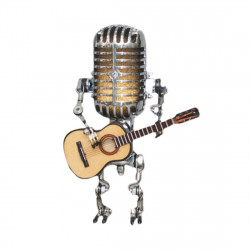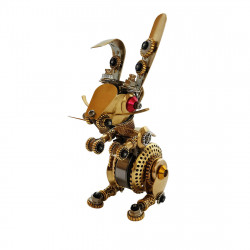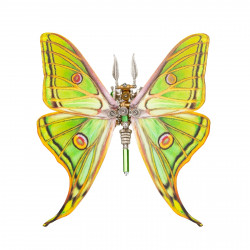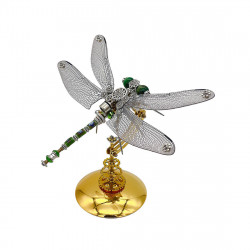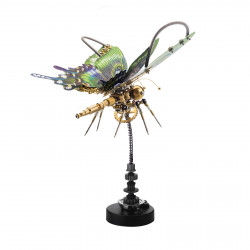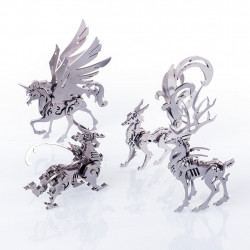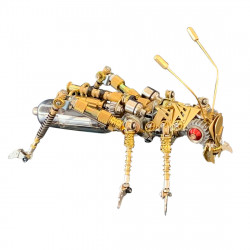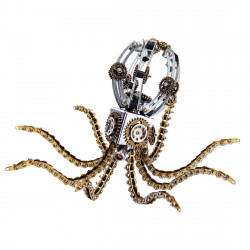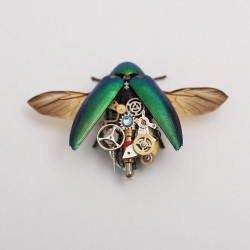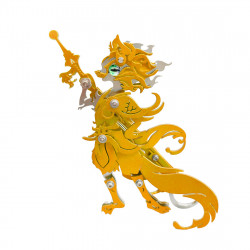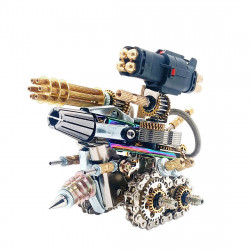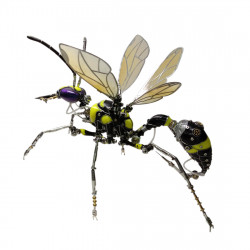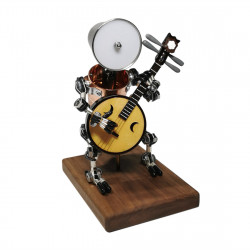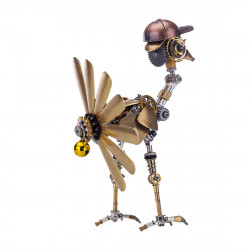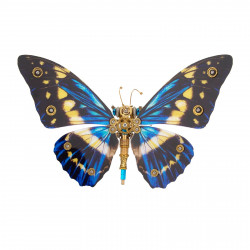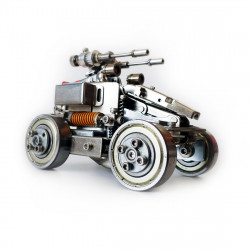What's the Meaning of 2 Chinese Dragons Playing Pearls?

What's the Meaning of 2 Chinese Dragons Playing Pearls?
China and other East Asian nations have long held the dragon in high regard in their myths and tales. Often referred to as the master of wind and rain, it is regarded as the king of the heavens, controlling clouds and precipitation. The dragon is shown in many kinds of art and decorating because it is considered an auspicious animal in Chinese culture. The image of two dragons confronting one another and playing with a valuable orb—known as the "eastern dragon playing with the pearl"—is among the most famous. This gem is also occasionally referred to as a dragonball or dragon fireball.
According to the traditional Chinese interpretation, this portrayal represents the ancients' "life consciousness," which means the realization, comprehension, and growth of the infinite circle of life. According to this interpretation, the "pearl" the dragons are playing with represents a dragon egg, and the dragons stand for respect and care for all living things. With the pearl being seen as a sign of the sun rising from the east, this image also represents the bond between parents and their offspring and the veneration of the sun.
The two dragons in this illustration are male and female, and their play with the pearl is also seen as a wooing custom. According to legend, the male dragon will give the female a smooth-surfaced, moderately sized, and reasonably heavy stone ball, shell, or even bone. The two dragons perform a captivating dance, tossing and catching the "pearl" as they move after the female dragon approves. Young dragons can learn and train this way, and families can strengthen their bonds.
Because the dragon is thought to be highly fertile, able to summon fire and water, and manipulate the heavens, "Two Dragons Playing with Pearls" is also a celebration of reproduction. The arrangement of the dragons may change based on the shape of the object being adorned, and this representation is frequently found in architectural paintings and the adornment of aristocratic and opulent vessels. The sun is symbolized by the "pearl" in the centre, which is shaped like a fireball.
What role did the pearl play in the eastern dragon's game? Males search for smooth-surfaced, moderately sized, and reasonably heavy objects, such as stone balls, shells, snail shells, or even bones (ideally heads), and then deliver them to females. Following the female's satisfaction with the "beads," the two dragons will begin a spectacular dance in which they pass the "dragon balls" while throwing and catching. "Playing beads" is another activity that several members of the same household engage in. It can be used to improve the relationship between a husband and wife and to teach children. Both male and female dragons will depart from the family after adulthood. Young single people will engage in the most demanding and intricate dances—the quintessential "two dragons play with pearls"—while courting a partner. Only the most compatible dance partners will be married to women. Dragons will also build markers out of rocks, corals, bones, and other materials on the seafloor. Its purpose is unclear; however, it might help demarcate the area. This enormous "building" was commonly called "Dragon Palace" by the ancients, who thought it was a dragon's lair.
People are more inclined to think that the pearls that dragons play are termed "Dragon Balls" from an artistic and romantic standpoint, though most of them are night pearls. The phrase "the dragon ball is in the jaw" dates back to ancient times. The dragon ball is regarded as a type of priceless pearl that is impervious to fire and water. It is said that the dragon spits it out. In actuality, the phrases "clouds and dragons holding birthday" and "dragons playing with pearls"—in addition to "two dragons playing with pearls"—all convey the idea of wishing for longevity and peace.
To sum up, the "eastern dragon playing with the pearl" is a complex and deep symbol in Chinese culture that celebrates fertility and reproduction, the link between parents and children, reverence for the sun, and preservation and respect for life. It is an essential aspect of Chinese culture to this day and is a monument to the ancients' profound cultural values and beliefs.

